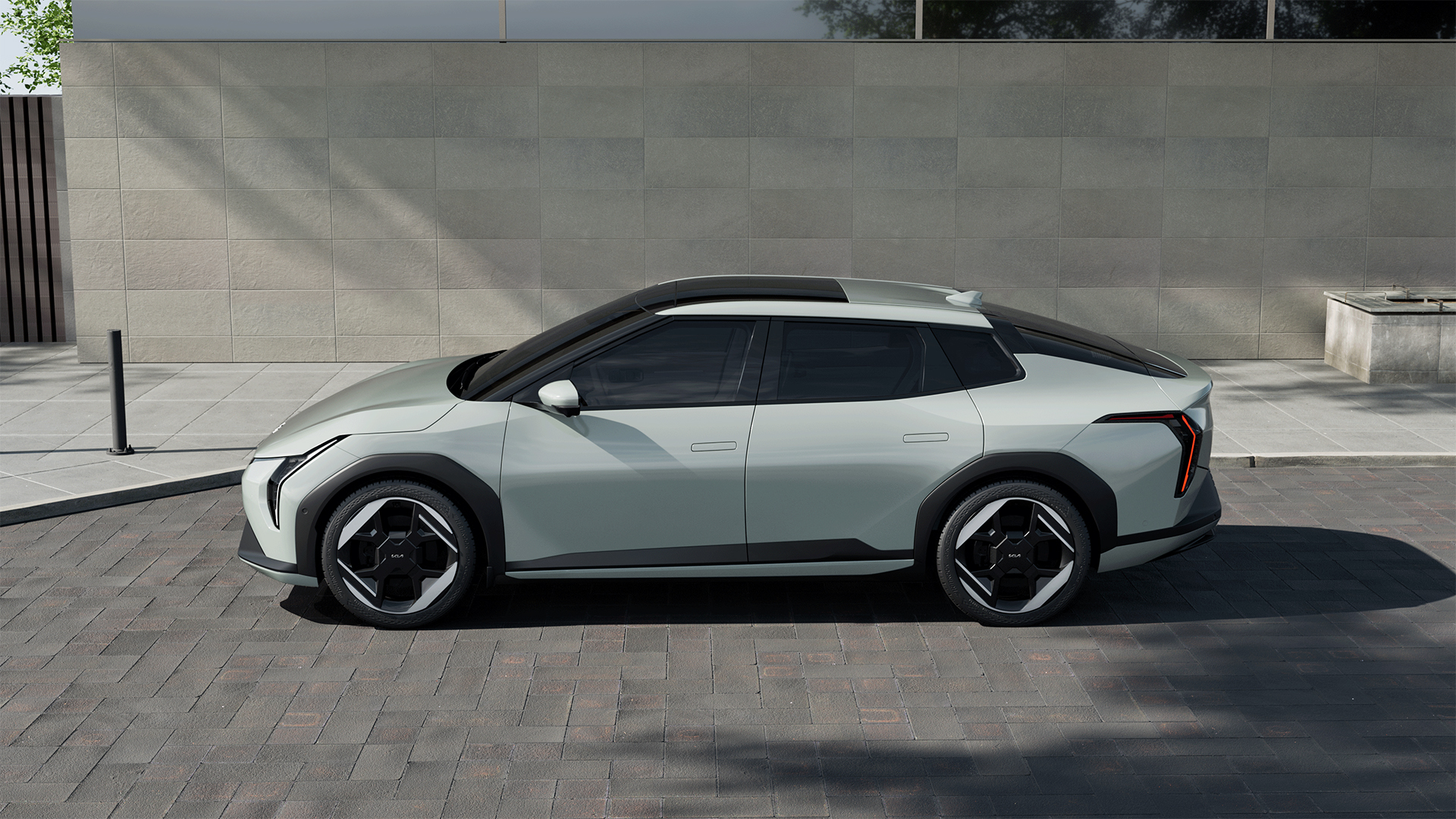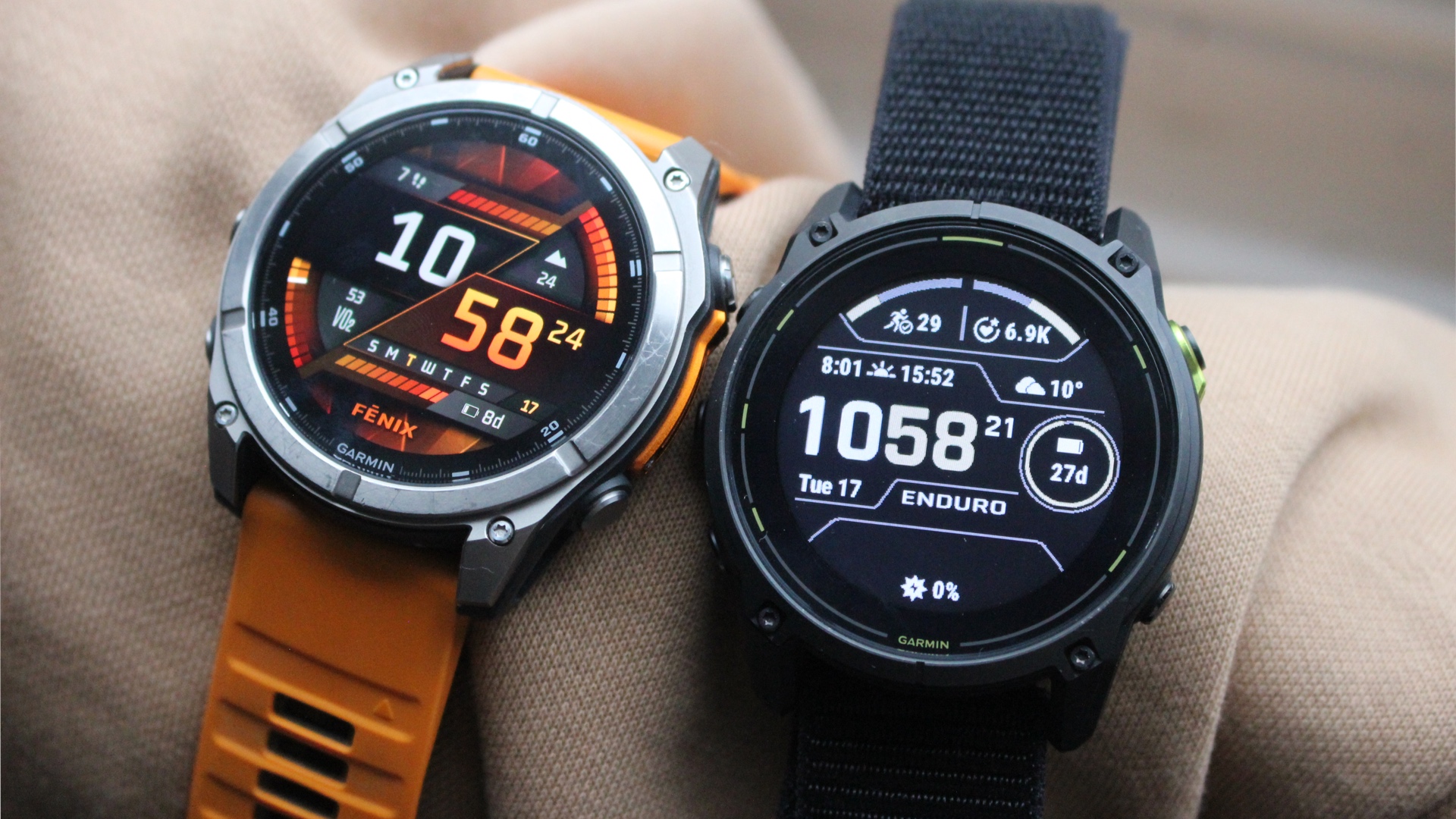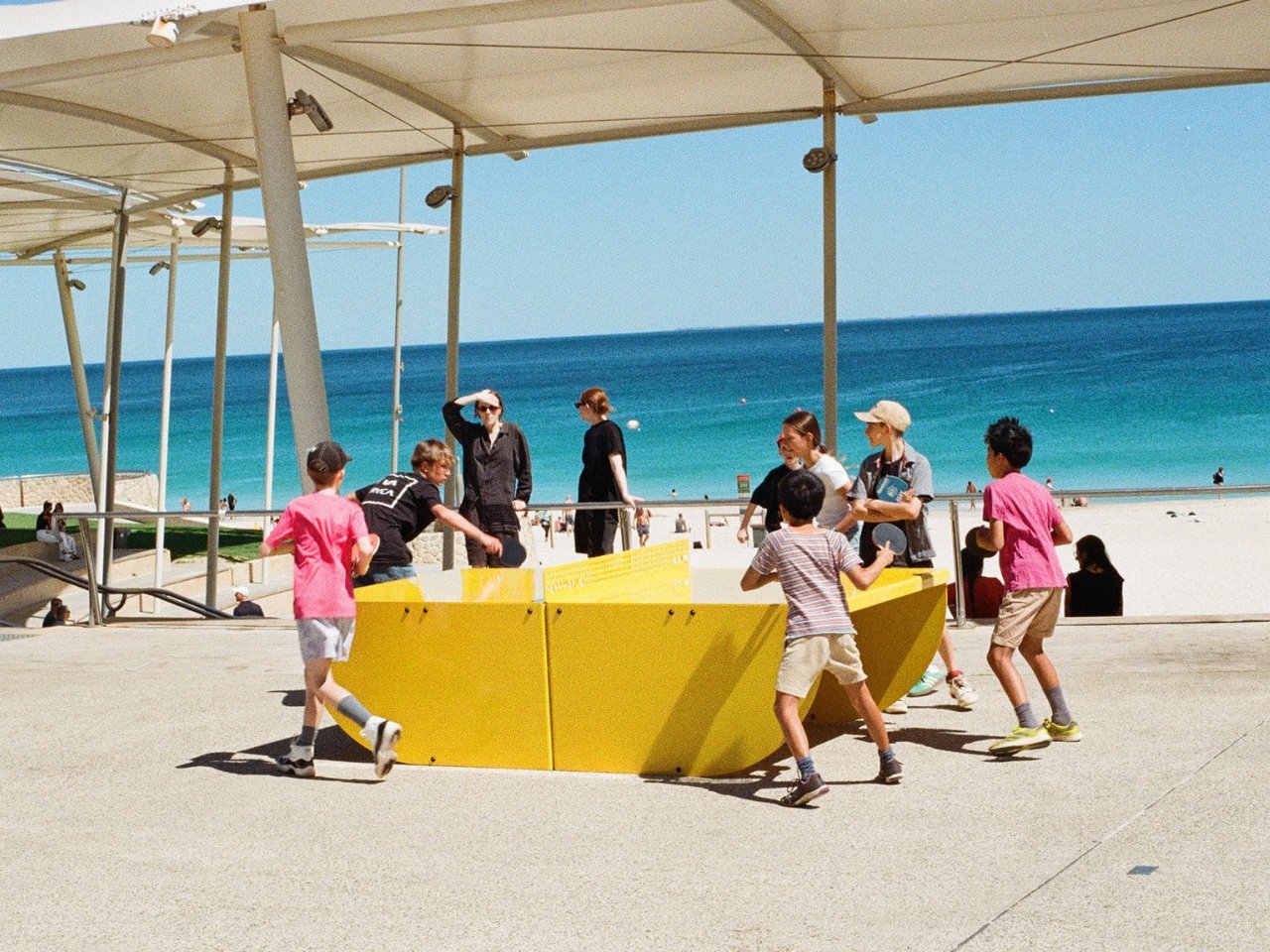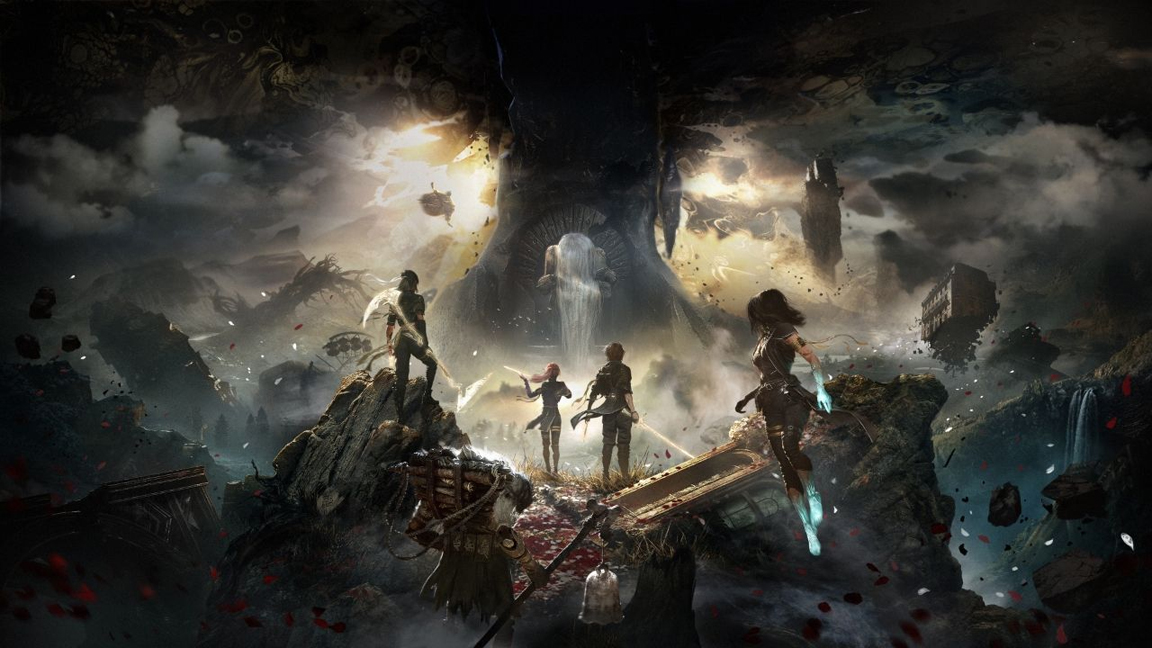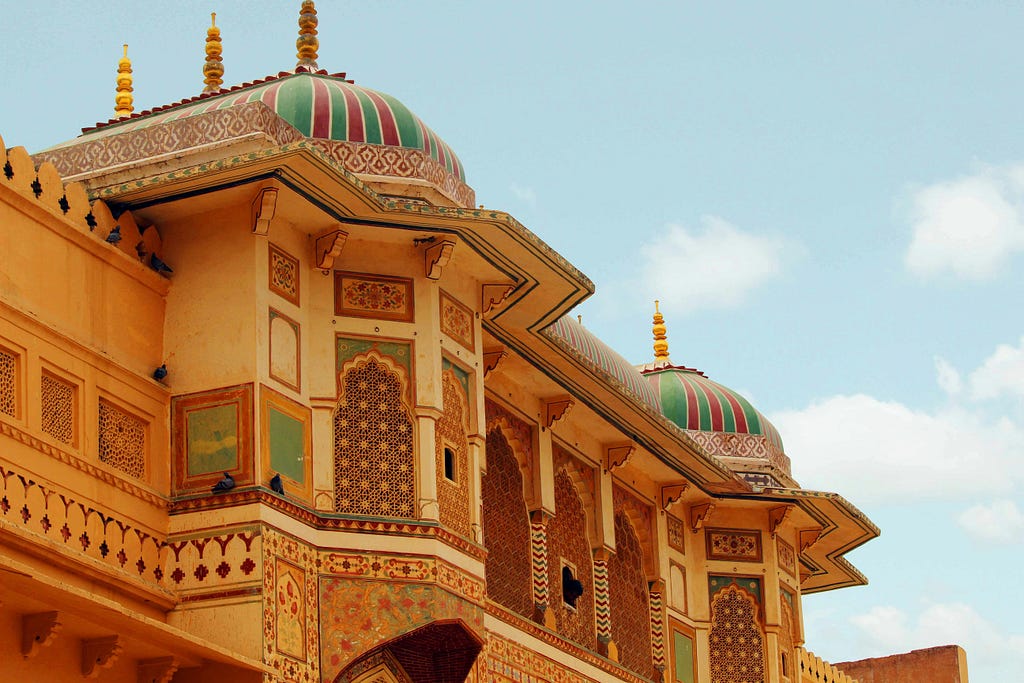
A really (really) long but authentic history of design evolution in India
uxdesign.cc
Tracing the journey of Indian design: from ancient traditions to contemporary innovations.Photo by Ankush Rathi: https://www.pexels.com/photo/brown-and-multicolored-concrete-building-925069/A few days back I was traveling to a city and noticed the political banners hosted in the city. I noticed something: each banners color pattern was different, and every banner represented a religion. If you live in India you know there are different colors for different religions like orange/saffron for Hindu, Green for Islam, etc. But as designer; I dont see religion in colors, but justcolors.Back home, I looked over the internet to understand this depictions origin. I came to know that- orange in Hinduism is used as fire, the color of the saints as most Hindus were saints back then. Similarly Green in Islam was represented as Jannah (a place with fertility after birth). These colors have been used so much in India that they have made the viewers perspective somewhat religious. Although, this usually does not affect any designeras designers are always playing with colors, they know the psychological effects of all colorsThis keeps them unbiased.Looking for these two colors took me to the origin of Indian color philosophy and I was now curious to understand more about Indian Design. What role does design play in India? How has design influenced India? How design is evolving in India? Then, I was thinking about-What is the design identity of India?When we say Indian designwhat people from other country see? What do they think about Indian design? Is it historical art, ornamental decorations and vibrant colors, or beautiful intricate architecture and carvings or any new tech? All these questions occupied my mind and I decided towrite.If you are a designer: when I say Japan, you suddenly transport in the world of Calligraphy Shodo (Japanese calligraphy, also known as shodo which means the way of writing, is an art form that combines brush and ink writing with poetry, literature, and painting. It is a revered part of Japanese culture and is used in everyday life and artistic pursuits) and minimal design on banners, lot of color and complex designs in urbanarea.https://dribbble.com/shots/7142386-Tokyo-Blends-posterLikewise, what is Indian design? This will be longish article with few details on evolution of design in India and I promise, by end of this article you will be definitely surprised and gather more insight about IndianDesign.The RootsThe oldest things in India are truly ancient. People have had to dig into the earth to find them!temples, caves, and rock carvings. These were built much earlier; in fact it is also known as prehistoric era. This Era was in 2500 BCE and earlier. India is one of the oldest country, on Internet it says its 500010,000 yearsold!We do see the paintings in caves, rock carvings made by early humans in India (According to Farnaz Broushaky (2016), evidence indicates that the Neolithic farmers form the main ancestry of many modern South Asians. They migrated from the fertile crescent, most likely from a region near the Zagros Mountains in modern day Iran, to South Asia some 10,000 yearsago.)We can still visit a few Rock shelters in India, the most popular one that you can visit is the Bhimbetka Rock Shelters in Madhya Pradesh. These were not made or constructed by humans; they are natural formations in the Vindhyan Hills of Madhya Pradesh, India. However, they became significant due to the early hominins and humans who used these shelters as habitation sites and canvases for their artwork. Evidence of early human ancestors living here date back to the Paleolithic period (around 100,000 years ago). The name Bhimbetka is derived from Bhim Baitka (Bhims sitting place) in local folklore, connecting it to the epic Mahabharata. This connection is mythological, but the shelters significance is primarily archaeological and anthropological. We cannot trace down who actually created this designs but we surely know that this was start of Graphic Design. Graphic: Derived from the Greek word graphiks (), meaning pertaining to drawing or writing, which itself stems from graphein (), meaning to write or todraw.SourceGoogleImagesSource: GoogleImagesThe emergence of TemplesTemples in India began to emerge much later, during the early historic period, around the Mauryan dynasty (322185 BCE) and more prominently during the Gupta period (4th6th century CE). These were influenced by evolving religious practices, particularly Hinduism, Buddhism, and Jainism. Few of early temple builders inIndia:Mauryan Period (322185 BCE)Emperor Ashoka was active in constructing stupas and rock-cut architecture, like the Barabar Caves. These were Buddhist structures, not temples in the classical sense but precursors to temple architecture.Satavahanas and Kushans (1st Century BCE3rd Century CE)Early rock-cut temples dedicated to Hindu deities started appearing, as seen in Ellora Caves and AjantaCaves.Gupta Period (4th6th Century CE)Known as the Golden Age of Indian Art, this era saw the first free-standing temples, such as the Dashavatara Temple at Deogarh. Temples in this period were made of stone and brick, with intricate carvings.Pallavas (4th9th Century CE)The Pallavas pioneered South Indian temple architecture with rock-cut temples like the Mahabalipuram ShoreTemple.Impression from the AjantaCavesThe Pallavas Art and ArchitectureOkay, so from History we got caves, temples, rock shelters, etc.Lets now talk a bit about Civilisation Design.The Indus Valley Civilization (Harappan Civilization)The Indus Valley Civilization, also known as the Harappan Civilization, was one of the worlds earliest urban cultures, thriving around 33001300 BCE in modern-day India, Pakistan, and Afghanistan. Its cities, like Harappa, Mohenjo-daro, Dholavira, and Lothal, were marvels of urban planning, featuring grid-like streets, advanced drainage systems, and well-defined zones for residential and administrative purposes. They used standardized baked bricks for construction, a practice that ensured durability and uniformity. The civilizations infrastructure, such as massive granaries and the Great Bath of Mohenjo-daro, highlights its focus on public utility and organization.Great Bath in Mohen Jo DaroSourceThe artistic achievements of the Indus Valley are equally impressive. Painted pottery with intricate geometric and natural motifs, expressive terracotta figurines, and the famous Dancing Girl bronze statuette reflect their creativity and craftsmanship. They also created exquisite jewellery using gold, silver, and semi-precious stones and carved intricate seals featuring animals, symbols, and script, likely serving both functional and cultural purposes. Though textiles have not survived, evidence suggests they used cotton and other natural fibers. Their designs blended practicality with aesthetics, often carrying religious or symbolic significance, such as motifs of bulls, peepal trees, and mythical creatures, underscoring their deep connection to culture and spirituality.Indus Valley CivilisationSourceAfter the Historian period, we began to see design patterns emerging in the form of cave art (like Warli art) or more ornamental motifs in architecture, featuring elements such as leaves, flowers, andbirds.Voila! First icons set of India! These were the symbols used while creating the Indus valley, I found no exact information on the internet about why these were made, who made them, and what purpose theyserved.Icons used in IndusValley.Recently The Hindu Published a very interesting news about this above icon set. Tamil Nadu Chief Minister M.K. Stalin announced a $1 million prize for experts or organisations that succeed in deciphering the scripts of the Indus Valley Civilisation for everyone to understand.The Colonial Influence (15th-19th Century)The colonial influence on design in India left a significant and lasting impact, blending traditional Indian aesthetics with European sensibilities.This period saw the introduction of new materials, techniques, and styles, which reshaped various aspects of Indian art, architecture, anddesign.If youve traveled to India, you may have observed buildings that blend traditional Indian architecture with European or British influences. However, throughout the country, there are also structures that deviate entirely from Indian architectural styles. The reason for this is colonialism.Several nations ruled over India and left a lasting impact on its architectural design. Here are a few ofthem.Portuguese Rule in India (15thCentury)The Portuguese were the first Europeans to establish a presence in India, arriving in 1505, following Vasco da Gamas historic voyage in 1498. They remained the last to depart, with their rule concluding in 1961. Although Portuguese colonial rule outlasted that of the British, its impact was relatively limited. Noteworthy remnants of their legacy include architectural landmarks like the Cathedral of Goa and other structures representing Portuguese India.Cathedral of Goa.SourceFrench Rule in India 17thCenturyThe French colonies in India were the smallest among the European possessions in terms of territory. The French first ventured into India in the 17th century, primarily for trade. They established their presence by acquiring Pondicherry from the Sultan of Bijapur and Chandannagar from the Mughal Governor of Bengal. These settlements became key hubs for French commercial activities in India. The most characteristic element of French architecture in India is the use of columns to support the roof and divide the building into sections. Dormers, Shutter windows, rounded towers or gables, sloping roofs, and chimneys were prominent features of the Indo-French architectural style.https://theholidaysdestination.com/puducherry-museum/The British Raj (18th-19th Century)Coronation of George V. Delhi Durbar and the royals.dailymail.co.ukThe British ruled the Indian subcontinent for nearly 200 years, culminating in Indias independence in 1947. During their administration, they blended Indian design elements with Western architectural styles, reflecting the regimes influence. Their rule began with the construction of extensive road and railway networks, primarily to serve their interests, and later included the establishment of significant landmarks such as monuments, railway stations, rest houses, and government buildings. Prominent examples of British colonial architecture include the Rajabai Clock Tower, CSMT (Victoria Terminus at that time), and the Bombay High Court inMumbai.Victoria Terminus is now known as Chtrapati Shivaji MaharajTerminusThe Portuguese, French, and British colonial powers had a profound influence on graphic design, typography, and print culture in India. Each brought unique aesthetics, techniques, and practices that shaped Indias design language and print traditions.Heres how their influence unfolded:The Portuguese were the first Europeans to establish a strong foothold in India (Goa in 1510), and their contributions laid the groundwork for print and typography.Introduction of the Printing PressThe Portuguese introduced the first printing press in India in 1556 in Goa, primarily for religious purposes. Early printed works were in Konkani and Marathi, using Roman script, as well as Portuguese.The press was used for publishing Christian texts, catechisms, and religious literature, making print culture accessible in local languages.TypographyEarly typographic designs reflected a fusion of Roman lettering and local Indian scripts.The Jesuit missionaries in Goa developed movable type for Indian scripts like Tamil and Malayalam to aid in spreading Christianity, influencing Indian language typography.Visual DesignThe graphic style of Portuguese print leaned heavily on religious iconographysaints, crosses, and baroque ornamental patternsreflecting Catholic art traditions.Left:The Christ Child as Good Shepherd (Good Shepherd Rockery), Indo-Portuguese, ivory, seventeenth century, 17.4 6.8 5 cm, place of origin: India (Goa) (The Walters Art Museum); right: Virgin of the Immaculate Conception (Our Lady of the Immaculate Conception), Singhalo-Portuguese, ivory, seventeenth century, 25.7 cm high, place of origin: Sri Lanka (The Walters ArtMuseum)First printed book in Tamil in 1579,CochinImage SourceFrench InfluenceThe French influence on Indian typography and graphic design was less widespread but concentrated in areas like Pondicherry.Typography and DesignFrench colonial administrators brought a neo-classical aesthetic, characterized by elegant, serif-based typography and restrained graphic design. They influenced the development of Tamil typography, especially for religious texts and educational materials, creating a refined typographic tradition.Transliteration of vowels and consonants from Tamil to French (Lap Reference Lap1904,7)Printing PressesFrench presses in Pondicherry produced bilingual works (French and Tamil), fostering cross-cultural exchange.The design of printed materials often combined French minimalism with Indian motifs, creating a hybrid aesthetic.Visual IdentityFrench influence can still be seen in signage, graphic styles, and architectural typography in Pondicherry, where colonial design sensibilities merged with localculture.The British had the most extensive impact on graphic design, typography, and print in India, driven by industrialization, commerce, and education.The British established printing presses across India to produce newspapers, books, and official documents.Pioneering typographers like John Gilchrist and William Carey worked on adapting Indian scripts like Devanagari, Bengali, and Urdu into movabletype.John GilchristWilliam CareyIndian scripts were standardized and streamlined for mass printing, creating the foundation of modern Indian typography.The first Indian newspaper, Hickeys Bengal Gazette (1780), marked the start of print journalism. English newspapers and bilingual publications brought European typographic styles (serif fonts, grid layouts) into Indian printculture.Hickys Bengal Gazette March,1781During colonial times, lithography played a significant role in shaping art, culture, and communication in India. Introduced by the British in the early 19th century, this printing technique was initially used for administrative purposes like producing maps, official documents, and educational materials. Over time, Indian artisans and publishers adopted it, transforming it into a medium for printing books, newspapers, and journals in regional languages, which helped promote literacy and cultural identity.Lithography also revolutionized Indian art, making religious and traditional imagery more accessible to the masses. Artists like Raja Ravi Varma used lithographic presses to reproduce their work, blending Indian themes with European styles and reaching a wider audience.Beyond art and literature, lithography became a powerful tool in the independence movement, allowing the production of pamphlets, posters, and newspapers that spread nationalist ideas. The technique reflected a unique cultural fusion, combining European methods with Indian creativity, and its legacy continues to influence Indias visual and print heritagetoday.To know exactly, what is lithography checkout this quick video by TheoLotzI remember when I was kid I used to see the Raja Ravi Vermas painting on our calendar, every month had a different painting. And then later I saw the same paintings during my drawing elementary and intermediate exams. Raja Ravi Verma and various artists have leverage their art while using the lithographic drawings.Lithography Print by Raja RaviVermaVisual communication played a key role in spreading the message of boycotting British goods and supporting native industries. Designs from this era prominently featured traditional Indian symbols like the spinning wheel (charkha), the lotus, and Bharat Mata (Mother India), which evoked pride in Indias cultural heritage. Posters, handbills, and advertisements promoting locally made products used bold imagery and vibrant colors to capture attention, while typography blended traditional Indian styles with modern techniques to represent the fusion of tradition and progress.Impressions from the SwadeshiMovementPublications, calendars, and packaging design also embraced Swadeshi themes, with nationalist imagery appearing in newspapers, magazines, and khadi products to reinforce the movements message. Artists like Abanindranath Tagore, associated with the Bengal School of Art, rejected European aesthetics in favor of traditional Indian techniques, creating a distinct visual language aligned with Swadeshi ideals. The graphic design of this period not only supported the independence movement but also laid the foundation for Indias modern visual identity, showcasing the power of design as a means of cultural and political expression.The Swadeshi Movement of the early 20th century had a significant influence on Indian graphic design, which became a powerful tool for promoting the movements ideals of self-reliance and national identity.Popular 1930s poster depicting Gandhi using a charkha to spin cotton and weave cloth, captioned Concentrate on Charkha and SwadeshiPost-Independence Period (19471980s)After gaining independence in 1947, India concentrated on establishing its identity as a sovereign nation. This aspiration shaped various design domains, including architecture, graphic design, and crafts. The Nehruvian focus on industrial growth and modernization significantly influenced the design landscape of the era. Alongside modernization efforts, there was a strong drive to renew traditional crafts and indigenous practices, creating a balance between preserving heritage and embracing progress.Post-independence Development in Architecture designLe Corbusier and Jawaharlal Nehru (18891964), Prime Minister of India (19471964) at the initiative of the founding of Chandigarh.Pandit Jawahar lal Nehru and Le Corbusier planning the design of Chandigarh City.Modernism: Influenced by Le Corbusier and Bauhaus, modernist architecture became prominent. Le Corbusiers designs for Chandigarh (1950s) set a benchmark for modernist urban planning.Public Institutions: Institutions like the Indian Institute of Technology, Kharagpur and government buildings reflected functional, minimalist design with an emphasis on concrete and openspaces.Housing for All: Low-cost housing projects were developed to address the needs of a growing population, showcasing utilitarian designs.Post-independence Development in Industrial designDesign in industries began focusing on affordable, functional products for everyday use. ForinstanceHINDUSTAN MOTORS LTD Ambassador (1958) Indias first locally manufactured car. Godrej Consumer Products Limited Steel Cupboards: Durable and cost-effective storage solutions.White Goods: Companies like Bajaj Electricals Ltd and Godrej Consumer Products Limited produced refrigerators, fans, and scooters designed for the Indian middleclass.Post-independence Development in GraphicdesignThere was a tremendous growth seen in the Graphic design sector, Institutions were establised and the people were more eager to learn new this that the nation is providing. During this time in 1961, National Institute of Design was establised to formalise the design education.One cool thing about NID is its logo! The NID logo was designed by Adrian Frutiger, the same person who designed the fonts like Univers, Frutiger andAvenirAdrian Frutiger and the NIDlogoAlong with the Institutions, there were various Projects were going on including the Indian Railways Logo designDuring this point the government of India recognized the potential of professional design to elevate the public sector branding. Designers, possibly involving collaborations with or inspiration form NID alumni, were tasked with creating the Indian Railways logo IndianRailwaysAnother interesting project was the Tricolor flag of India. The demand for national flag emerged during Indias freedom struggle as a unifying symbol against British colonial rule. Various flags were used in protests and rallies, each representing culture and religious Identities.Its believed the the first national flag was hosted in 1906 in Calcutta (Now Kolkata). It featured horizontal stripes of green, yellow and red with symbols like the sun, crescent moon andlotus.In 1916, The Home Rule Movement was initiated by Bal Gangadhar Tilak and Annie Besant, this moment sought a greater self-governance within the British Empire. Thus we see red (Hindu) and green (Muslim) stripes with Union Jack on top left. There were seven stars in the flag that represent the Saptrishi, a constellation deeply rooted in Indian mythology and culture, signifying Indias spiritual heritage.In 1921, Mahatma Gandhi suggested a flag to represent Indias diversity during the 1921 Congress session. Pingali Venkayya, a freedom fighter and agricultural scientist, presented a design featuring a red stripe for Hindus, a green stripe for Muslims, and a white stripe for other communities, with a spinning wheel (Charkha) at the center symbolizing self-reliance.In 1947, The Charkha in the 1931 design was replaced by the Ashoka Chakra, a 24-spoked wheel from the Lion Capital of Ashoka (Sarnath), representing dharma (righteousness), law, andmotion.Digital Revolution aka IT Boom (1990sEarly2000)This was a transformation period for India, being an independent country and in a race for growth, everyone knew that digital transformation is the next big thing, we made rapid advancements in technologies, government policies and emerged our digitaleconomy.This was a phase that laid the foundation of IT in India. In 1991, India liberalized its economyintroducing a new economic policy that drastically reduced government controls, opened up the market to foreign investment, and allowed for greater private sector participation. The rise of IT tech giants like Infosys, Wipro, Tata Consultancy Services provided a stage for Indias software and outsourcing.InfosysCompany History & Defining Milestones | AboutUsDuring this time a roadmap for IT was created by the National Task Force on Information Technology and Software Development. It was established by the Indian government to formulate a national policy aimed at transforming India into an IT superpower by creating a comprehensive strategy to integrate Information Technology across all sectors of the economy, building necessary infrastructure, and promoting the use of IT for national growth; essentially, to position India as a leader in the global ITmarket.The Government has entrusted the task force with a job to excite and energise the people of India, creating the faith in them that information technology vitally aids personal growth and nationalgrowth.Spread of Internet inIndiaThe first public internet service in India was launched by VSNL (Videsh Sanchar Nigam Limited) in 1995, marking the introduction of internet access to the general public, although it was initially very expensive and slow due to dial-up technology; essentially, this meant that most people could only access the internet for a limited time at a highcost.If you want explore internet journey of India in detail, please read refer to this article by GayatriVinayakFirst call inIndiaIn 1995, Jyoti Basu, the Chief Minister of West Bengal, and Sukh Ram, the Union Communications Minister, made history by becoming the first official cellphone users in India. They inaugurated the countrys first cellular service, Modi Telstra, with a phone call between Calcutta andDelhiDialling up: Mobile telephony started with then West Bengal CM Jyoti Basu saying the first hello to then Union communications minister Sukh Ram. Also seen in the picture is industrialist BK Modi (filephoto)New Telecom Policy marked a turning point in Indias telecom sector. By opening the industry to private competition, it significantly reduced costs, making mobile phones more accessible to a wider population and transforming the way people connected and communicated. With increasing access to internet and making the it affordable for everyone attracted the people of India, slowly people started learning to use technologies, implemented them in work and India became hub for IT services, benefiting from English proficiency and skilledlabor.The Y2K bug, or the Millennium Bug, was a computer programming issue that arose because many older software systems stored years using only the last two digits (e.g., 99 for 1999). As the year 2000 approached, there was widespread concern that computers would interpret 00 as 1900 instead of 2000, leading to errors in date-based calculations, financial transactions, and critical infrastructure systems.Who Solved It? The Y2K problem was a global challenge, and multiple countries played a role in addressing it. However, India played a particularly significant role in fixing the Y2Kbug.Contemporary Era (2000sPresent) of IndianDesignThe 21st century has witness a very dynamic transformation in design, blending the traditional aesthetics with modern digital technology, with rise of globalisation and growing creative sector, India has expanded beyond print and advertising to include UX/UI, motion graphics, AR VRetc.The 2000s marked the shift with companies focusing on startups and user experience, with increasing number of mobile phones and internet.UX/UI design became the central to product development. Apps like Swiggy, Paytm, Zomato and Flipkart has really pushed Indian designers to adopt global standards while catering to local user behaviour.Branding and VisualIdentityContemporary Indian design has moved towards bold, minimalistic and cultural branding. Brands like Paperboat, FABINDIA LIMITED, Royal Enfield have successfully merged the nostalgia with the modern aesthetics. While the new age start ups like CRED, Dunzo and boAt Lifestyle focuses on future and experimental visual styles. Bira 91 Bira has seamlessly blended Indian cultural motifs with contemporary aesthetics, incorporating vibrant colors, folk art-inspired illustrations, and playful typography to create a distinct and youthful brand identity that resonates with modern India.This fusion of Indian motifs with global design trends has given rise to unique brand identities.The introduction of regional typography and multilingual interface became important in making digital products accessible for everyIndian.Bira 91The brand with IndianEditionCred app design2022If you want to read more about the process of Bira design, checkout the Packaging design journey page by NH1DesignIf you want to read more about CRED design, there is relaly good article you can read, Thoughts on Creds UI revampNeoPOP (Apr 2022) written by Shaunak BhanarkarThanks for reading (it was alot!)Having explored the origins and evolution of design, we can see that it is fundamentally a visual transition.Design influences every Indian in profound waysour surroundings, culture, and history shape how we perceive and remember visual elements. Just as hearing an old song evokes nostalgia and transports us to moments from the past, design has a similar impact. It is s also science. If youre a designer, its essential to understand that whatever you create doesnt just impact individualsit contributes to the design identity of an entirecountry.How do you want your designs to represent India? Should they express professionalism, playfulness, or a balance ofboth?Indias design language is unique because it doesnt adhere to a singular genre. Instead, it embraces a diverse and vibrant aesthetic, reflecting the countrys rich culture. This variety makes Indian design more inclusive, adaptable, and deeply connected to itspeople.In my next article, Ill explore how even the smallest design choices can have a huge impact, eventually shaping the visual identity of a nation. Until then, keep designing with purpose andpassion!Sourceshttps://www.britannica.com/topic/Hindu-templehttps://www.incredibleindia.gov.in/en/maharashtra/chhatrapati-sambhaji-nagar/ajanta-caveshttps://en.wikipedia.org/wiki/Pallava_dynastyBuilt to Last: The Enduring Legacy of Pallava Art and Architecture | Asia ResearchNewshttps://www.thetalentedindian.com/the-indus-valley-civilisation-an-artistic-cultural-legacy/https://www.novatr.com/blog/architectural-influence-of-colonization-in-indiahttps://sundayguardianlive.com/art/4421-how-ravi-varma-s-popular-litho-prints-changed-indian-art-foreverhttps://www.visvabharati.ac.in/abanindranathtagore.htmlhttps://chandigarh.gov.in/know-chandigarh/general-information#:~:text=Chandigarh%2C%20the%20dream%20city%20of,the%20twentieth%20century%20in%20Indiahttps://www.thehansindia.com/life-style/history-of-tiranga--the-evolution-of-indian-tricolor-600061A really (really) long but authentic history of design evolution in India was originally published in UX Collective on Medium, where people are continuing the conversation by highlighting and responding to this story.
0 Comments
·0 Shares
·47 Views




